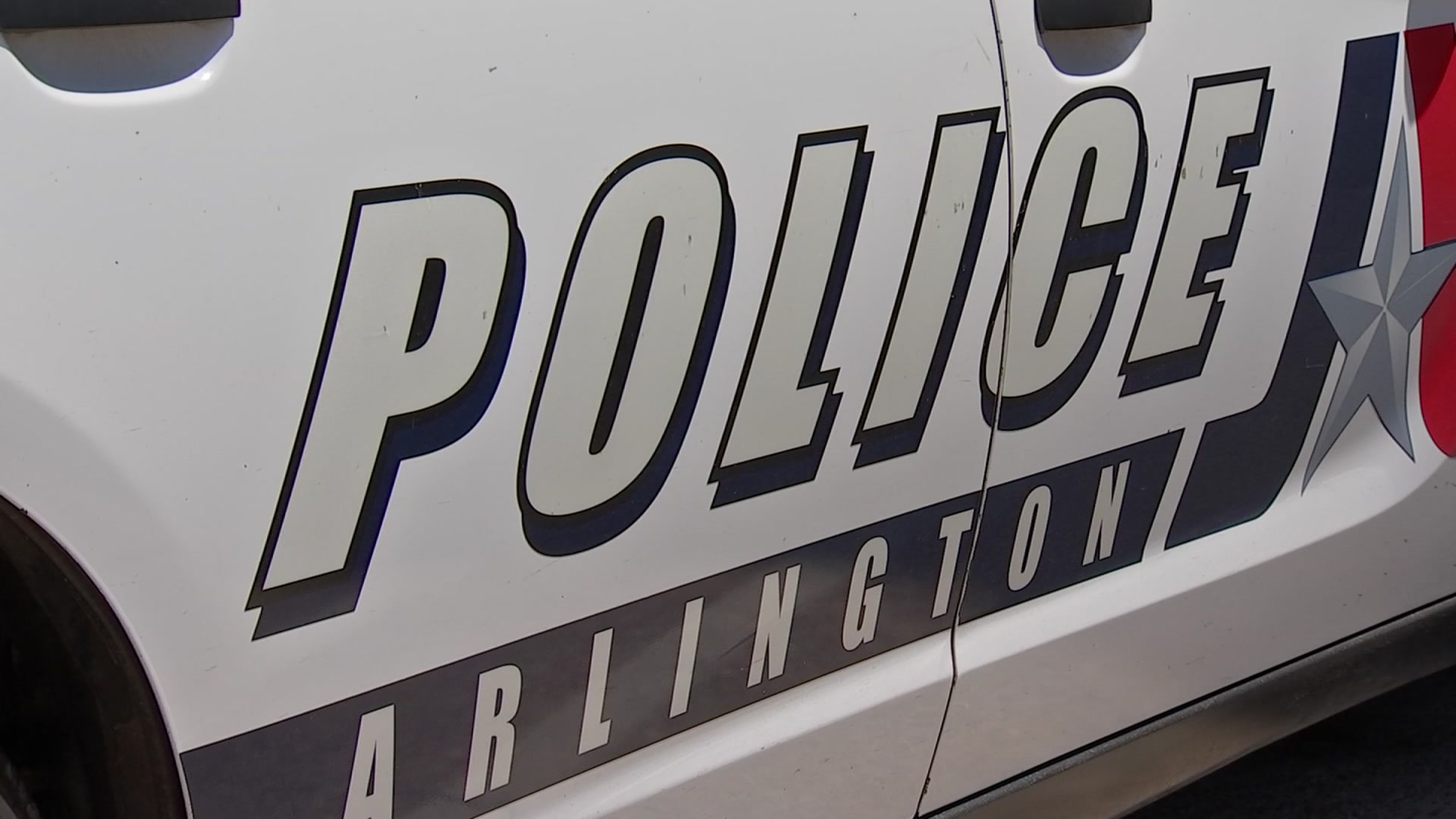A Southwest Airlines pilot calmly declared an emergency before landing safely July13 – despite a hole the size of a football in the side of the plane, according to recordings of radio transmissions.
"Yeah, we have a pressurization problem,” the pilot told air traffic controllers. “We have to do an immediate descent."
The Federal Aviation Administration released the recordings Friday.
Southwest Airlines Flight 2294 was headed from Nashville to Baltimore, cruising at 30,000 feet, when the small hole ripped open on the left side of the Boeing 737’s fuselage.
The plane carried 126 passengers and a crew of five.
The pilot, his voice sounding incredibly calm, pointed the plane down and descended from 30,000 feet to 16,400 feet. He then quickly requested permission to drop to 11,000.
"Roger, and you're welcome to level off wherever you like,” the controller answered. “Is 11,000 going to be low enough?"
Local
The latest news from around North Texas.
“Yeah, 11,000 will be fine," the pilot answered.
The controller, based in Indianapolis, radioed back: “Let me know when you get stabilized what you want to do."
The plane’s oxygen masks had deployed.
The recordings also captured regional air traffic controllers based in Indiana warning each other the plane was “coming down fast.”
"He's good descending to whatever. I have no traffic in the area," one controller told another.
“Just watch out,” another fired back.
Several minutes later, the pilot made clear how urgent the situation had become.
"We are going to need to declare an emergency at this time,” he said, his voice still remarkably calm. “And we're going to need to, uh, need to set up to land at the nearest runway you've got that's about 6,000 feet (long) or more."
The quick-thinking controller cleared him to land on the nearest long runway -- in Charleston, West Virginia.
"Descend and maintain 9,000 (feet),” the controller said. “You can let me know if you want lower."
"Okay, we're down to 9,000 now," the pilot said.
He then radioed that the plane had a “structural failure” and asked for emergency crews to stand by at the Charleston airport.
"We're going to need emergency equipment once we land,” he said. “We have what looks like a structural failure, which caused the pressurization issue. We're not 100 percent sure what that is, but that's where we're at now."
Later, he was more specific.
"On the left side of the fuselage... there's some sort of break up,” he said. “Passengers report they can actually see through it."
The pilot then radioed he could see the airport and was close to landing.
"Runway 5, you're clear to land,” said a controller in Charleston. “We have (emergency) equipment standing by."
"Clear to land, runway 5," the pilot repeated as if it were a routine landing.
Safely on the ground, the passengers and crew were just fine.
Southwest Airlines and federal investigators have not determined what caused the hole.
Such investigations typically take up to a year, said Peter Knudson, a spokesman for the National Transportation Safety Board.



